GC-MS Basics
This basic GC-MS learning path covers instrument setup, GC parameters (columns, carrier gases), sample introduction (split/splitless injection), and vacuum system maintenance. It includes ionization methods (EI, CI), acquisition modes (SIM, SCAN), tuning for sensitivity, and contamination control. Practical tips ensure reliable performance.
10 Modules 2 Quick Guides
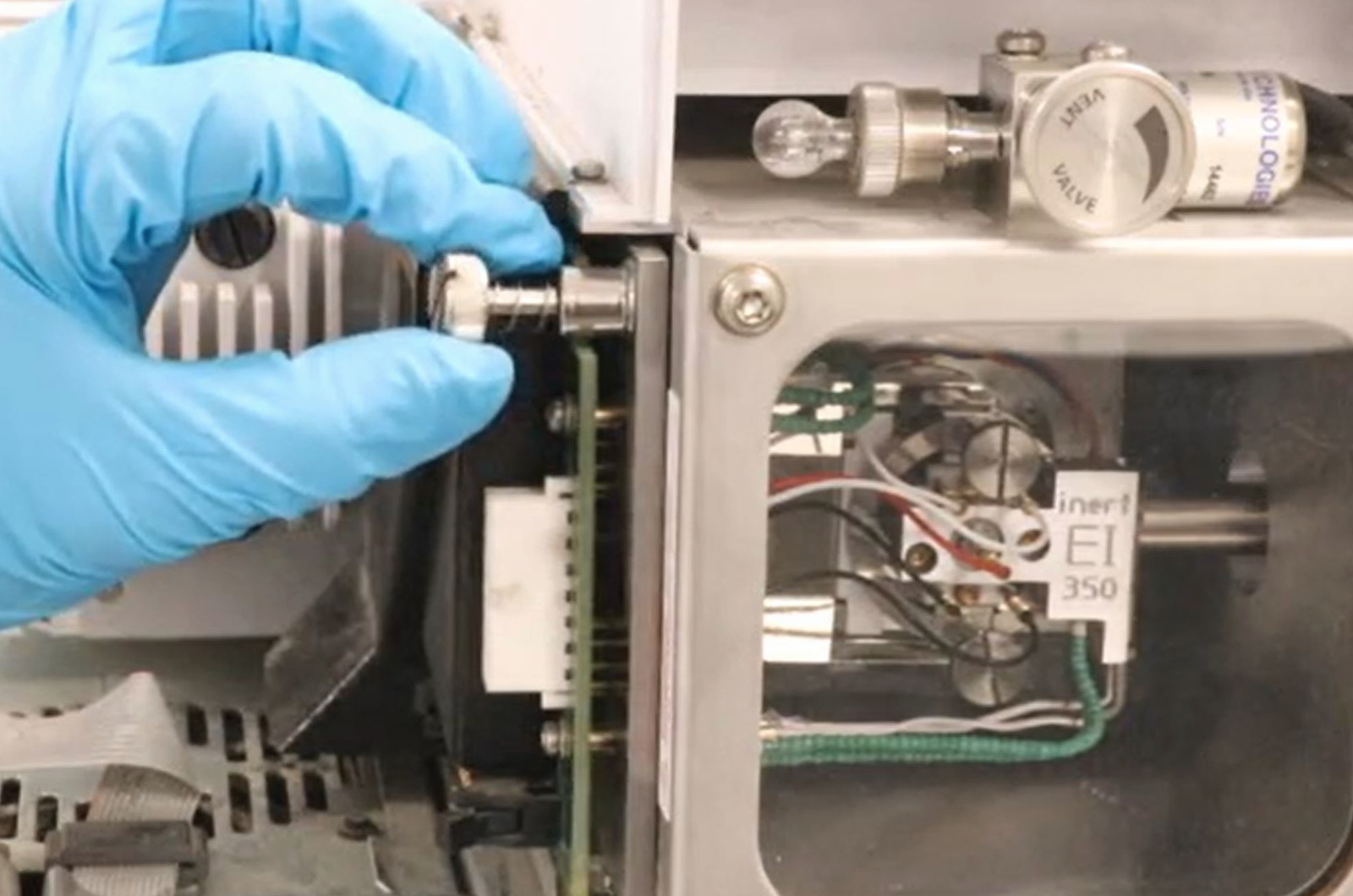
12 Items
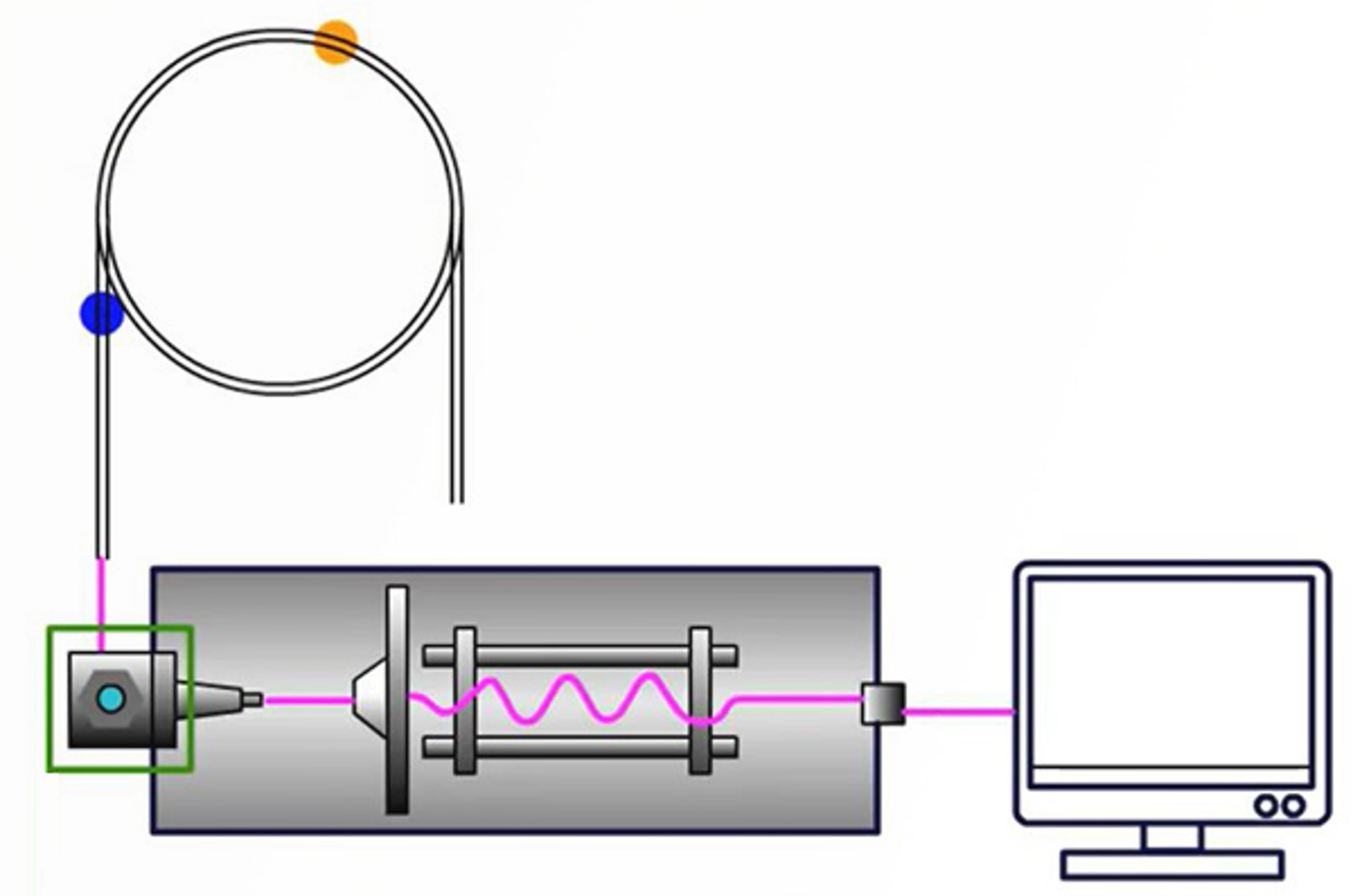
GC-MS Introduction
Gas chromatography-mass spectrometry (GC-MS) is a hyphenated technique which combines the separating power of gas chromatography (GC) with the detection power of mass spectrometry (MS). This module will explore the instrument acquisition methods used and examine the type of data that can be produced from such systems.

Practical GC-MS Video Bootcamp
The definitive guide to setting up a GC-MS instrument. Working on a real GC-MS instrument we provide you with the fundamental knowledge on the science, working principles, and correct setup of this powerful piece of equipment. An in-depth tour of how to dismantle and clean the ion source will give you confidence to perform preventative maintenance on your instrument.
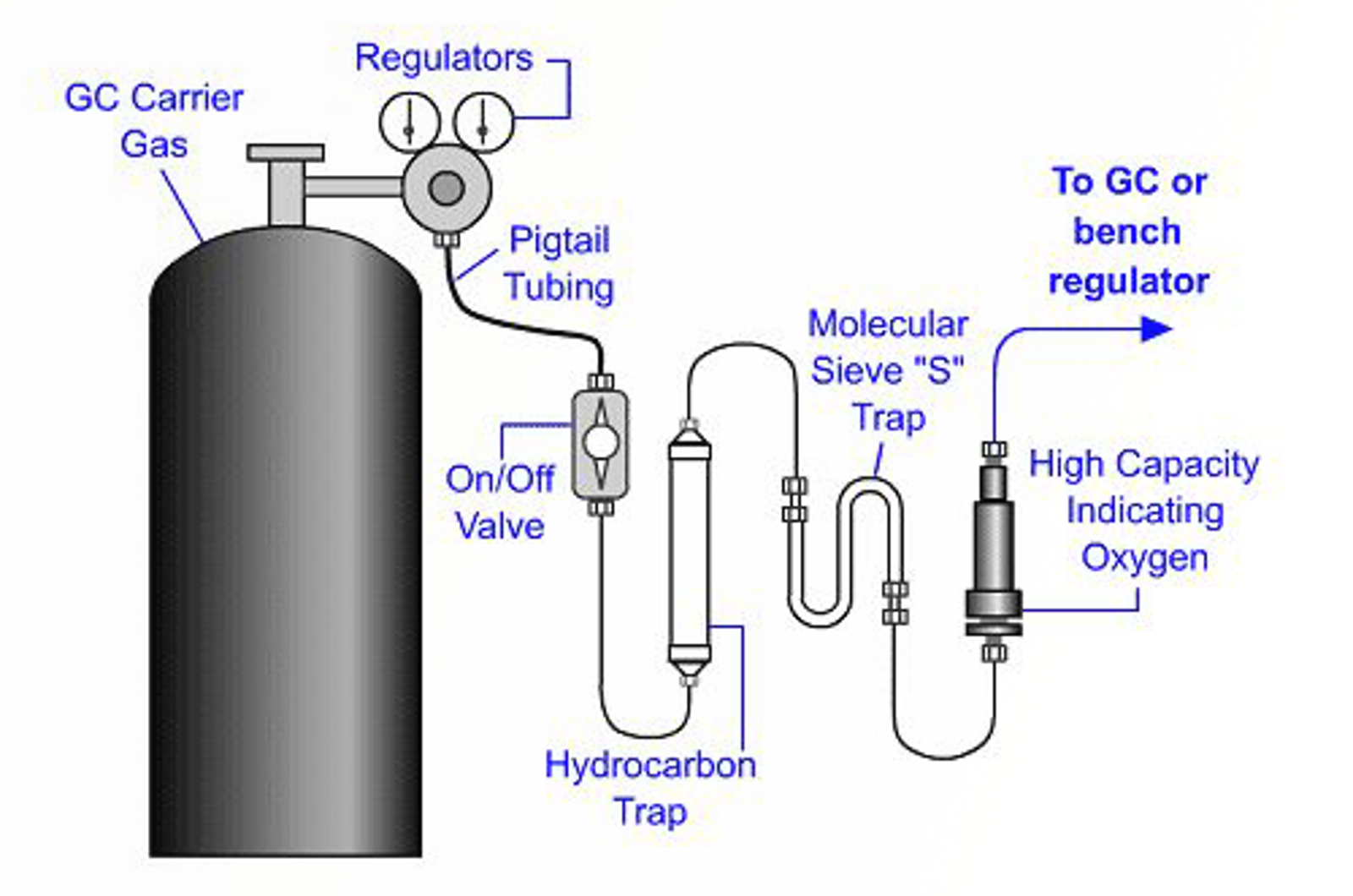
GC Considerations
This module explores the main GC considerations when using MS detectors. The choice of column phase and dimensions are considered, as well as the effects of carrier gas flows on the MS vacuum system.
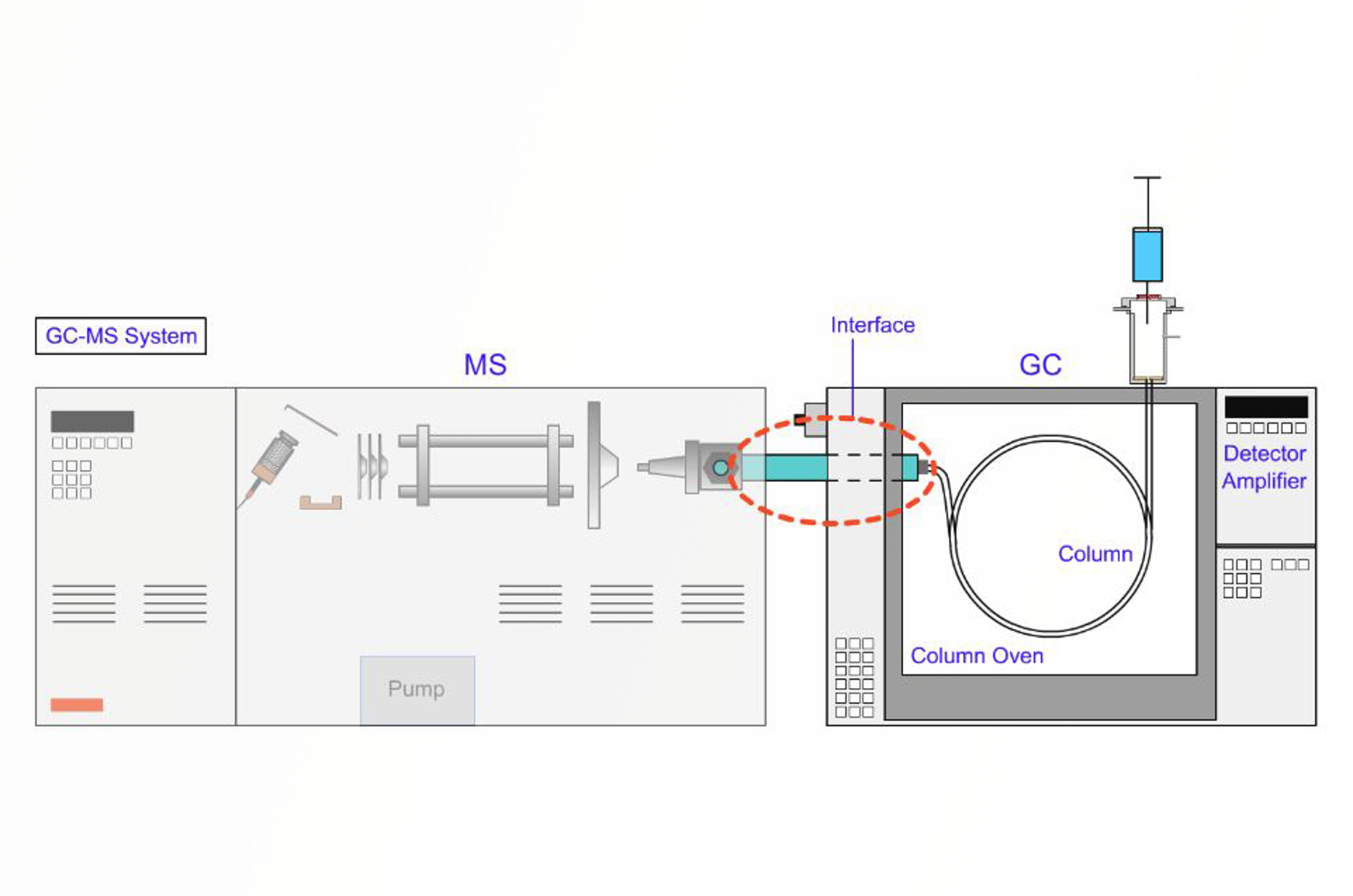
GC-MS Interfaces
After separation in the GC column, analyte species have to be transported to the mass spectrometer to be ionized, mass filtered, and detected. The column outlet needs to be connected to the ion source of the mass spectrometer and this module presents the correct interface types for use with different GC columns and MS instrument types.
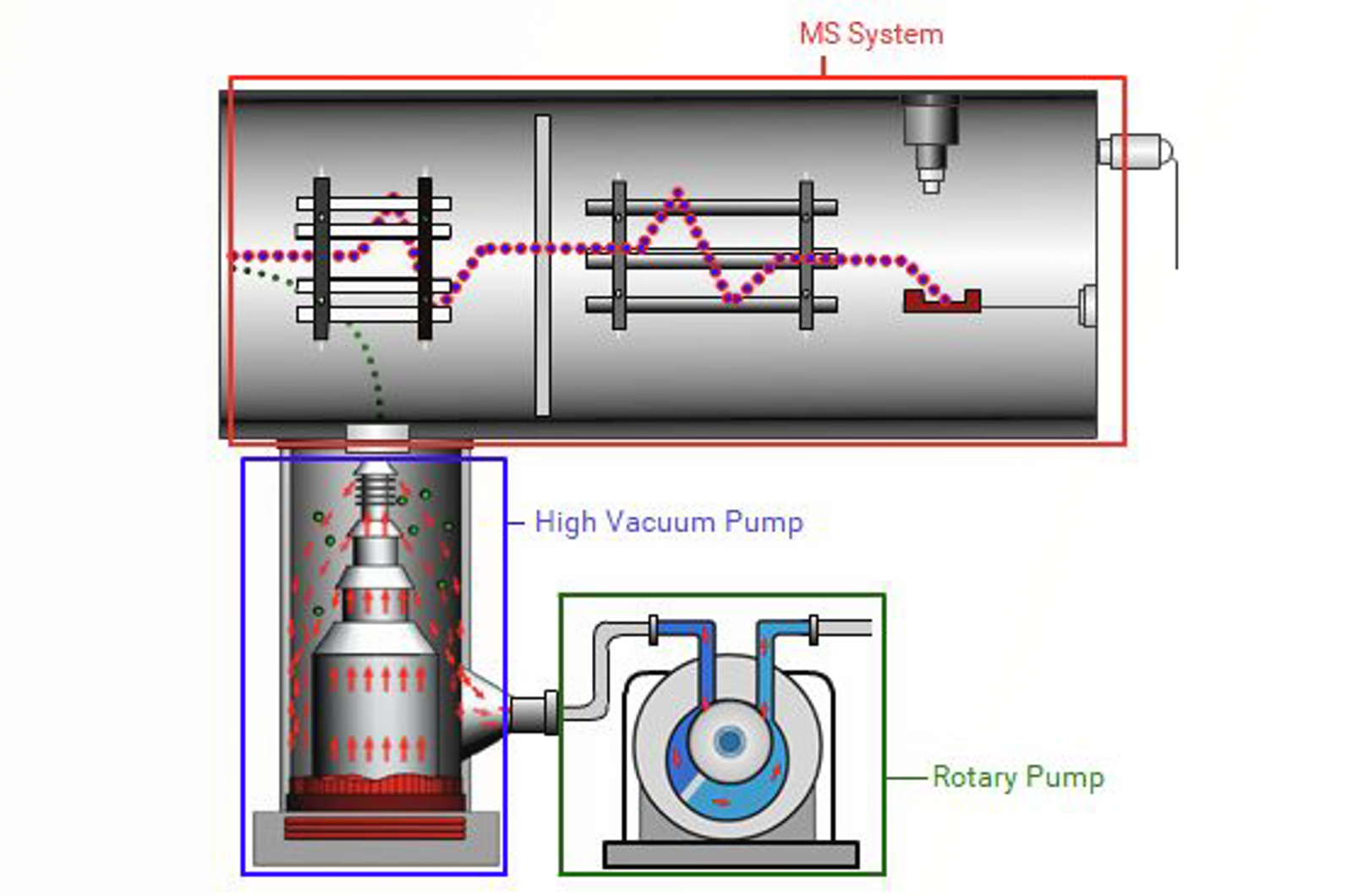
GC-MS Vacuum Systems
High vacuum is essential for GC-MS to function. This module comprehensively covers the pumps used to achieve the required vacuum in a GC-MS system. Practical information is provided on the operating principles of each pump type, as well as troubleshooting and maintenance tips.
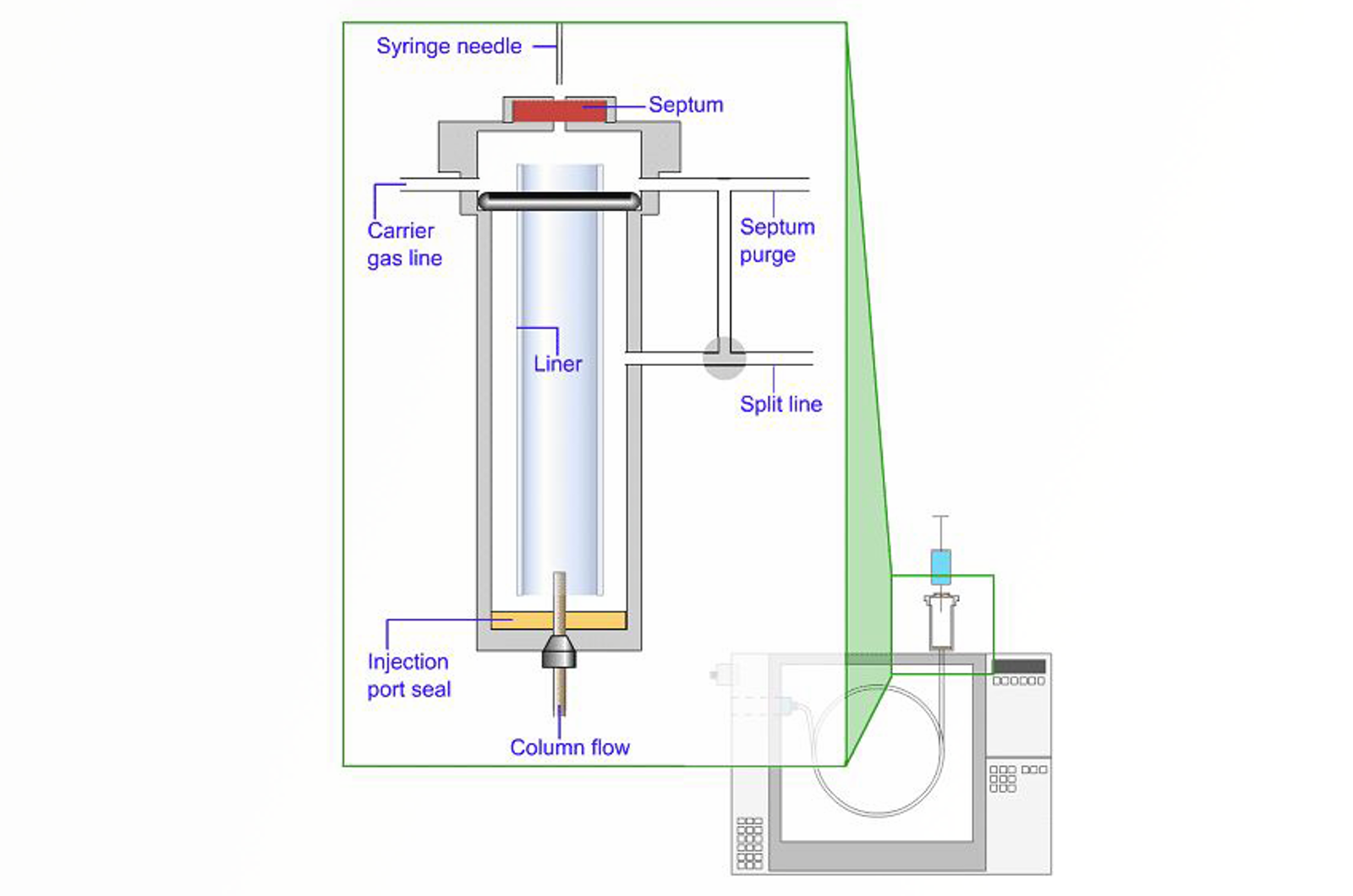
GC-MS Sample Introduction
Perhaps the most difficult step in any GC-MS analysis is the sample introduction. Solid or liquid samples need to be converted to the gas phase and then efficiently transported onto the GC column. The primary aim with all sampling techniques is to ensure a representative and homogeneous gaseous aliquot of the sample under investigation is delivered to the GC column. This module will explore the main GC considerations when using MS detectors.
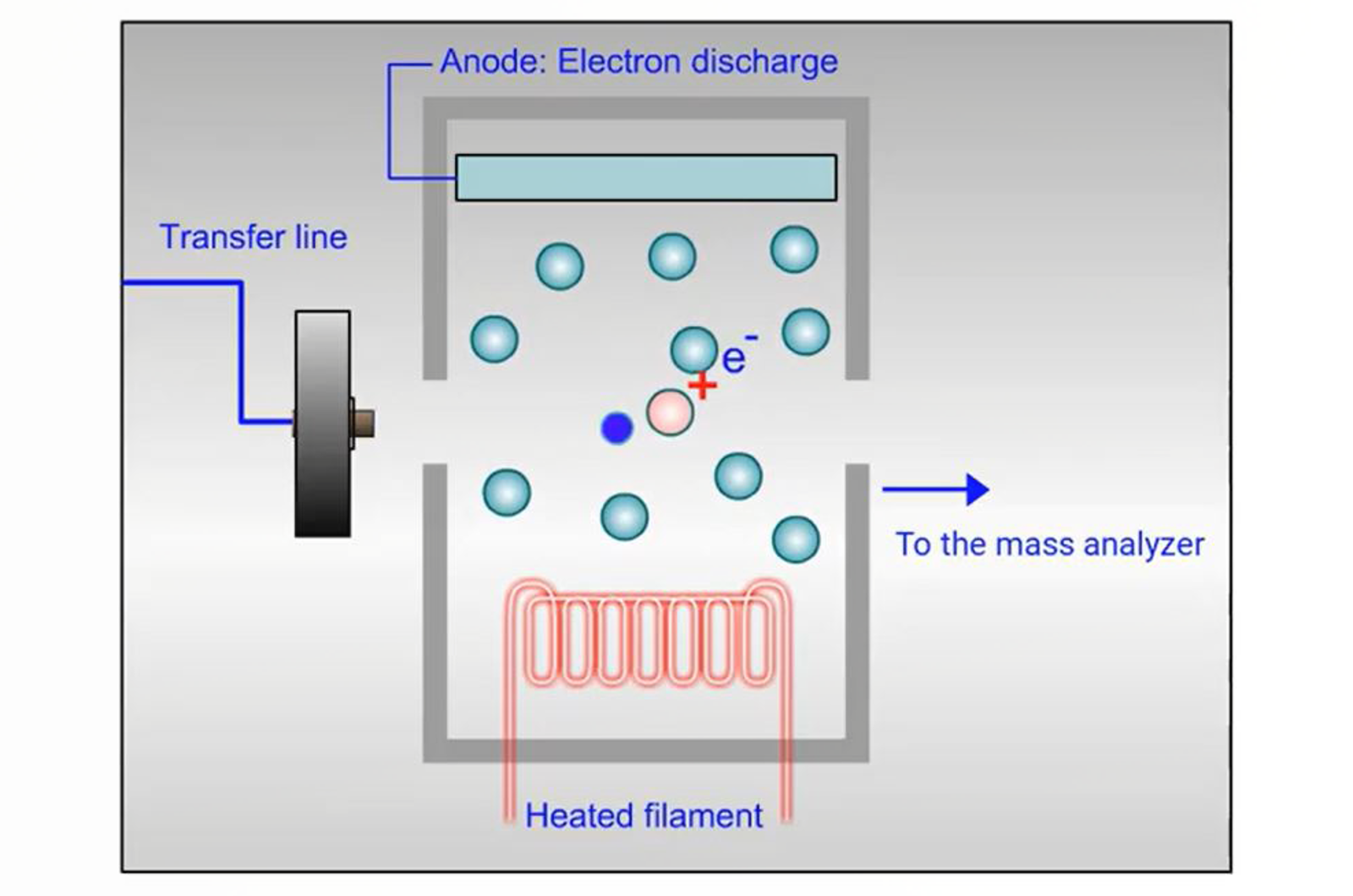
GC-MS Ionization
An introduction to the ionization processes which occur in GC-MS. Ionization is the process whereby electrons are either removed or added to atoms or molecules to produce ions.
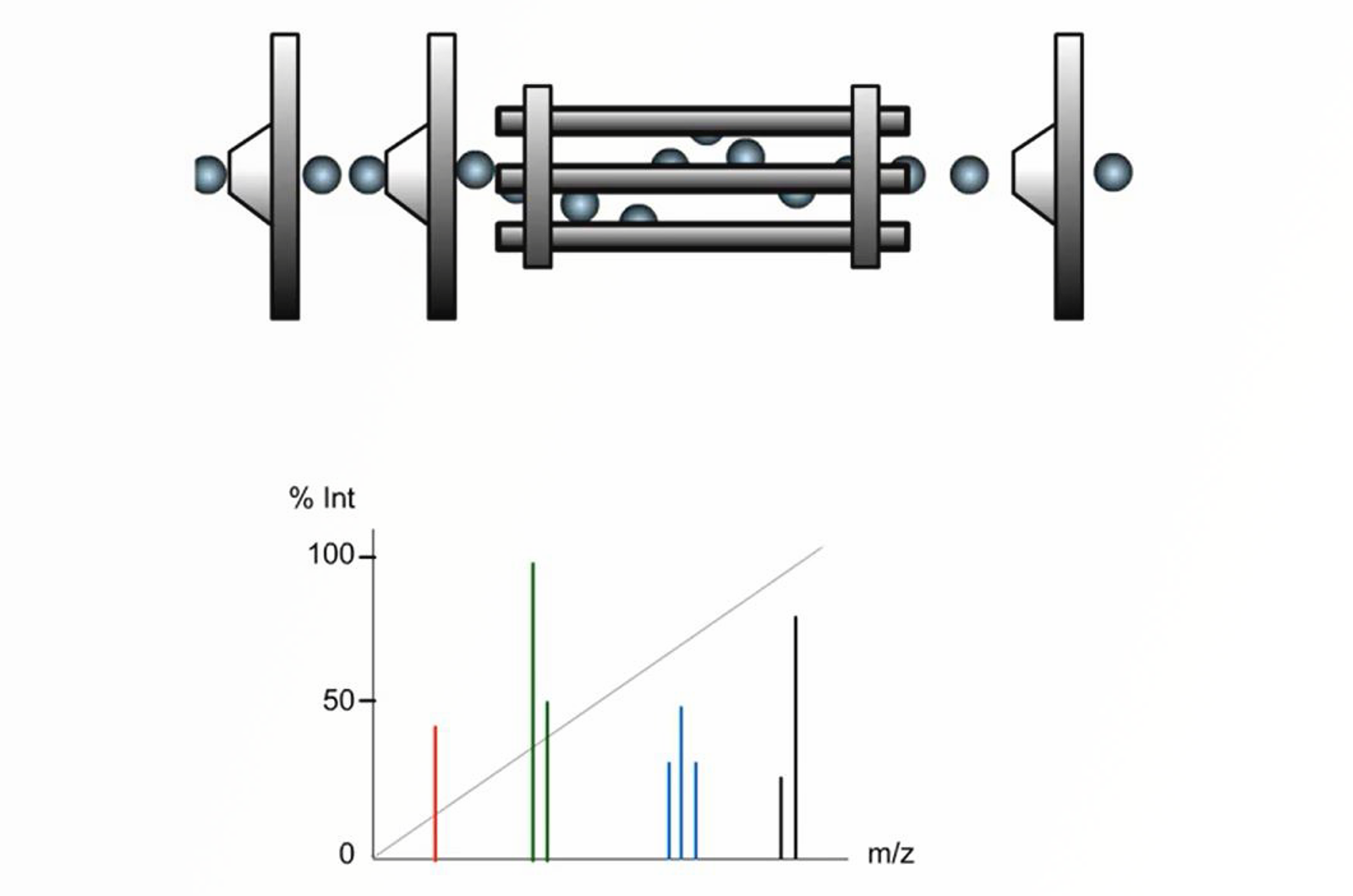
GC-MS Acquisition Modes
GC-MS data acquisition is carried out using full scan or selected ion monitoring (SIM) mode. Scan mode is used to cover a wide range of m/z ratios, whereas, SIM is used to gather data for specific masses of interest. This module will explain the differences between the data generated, provide you with details on the parameters which can be set to acquire the data, and the impact of the acquisition mode and parameters on the sensitivity of that data.
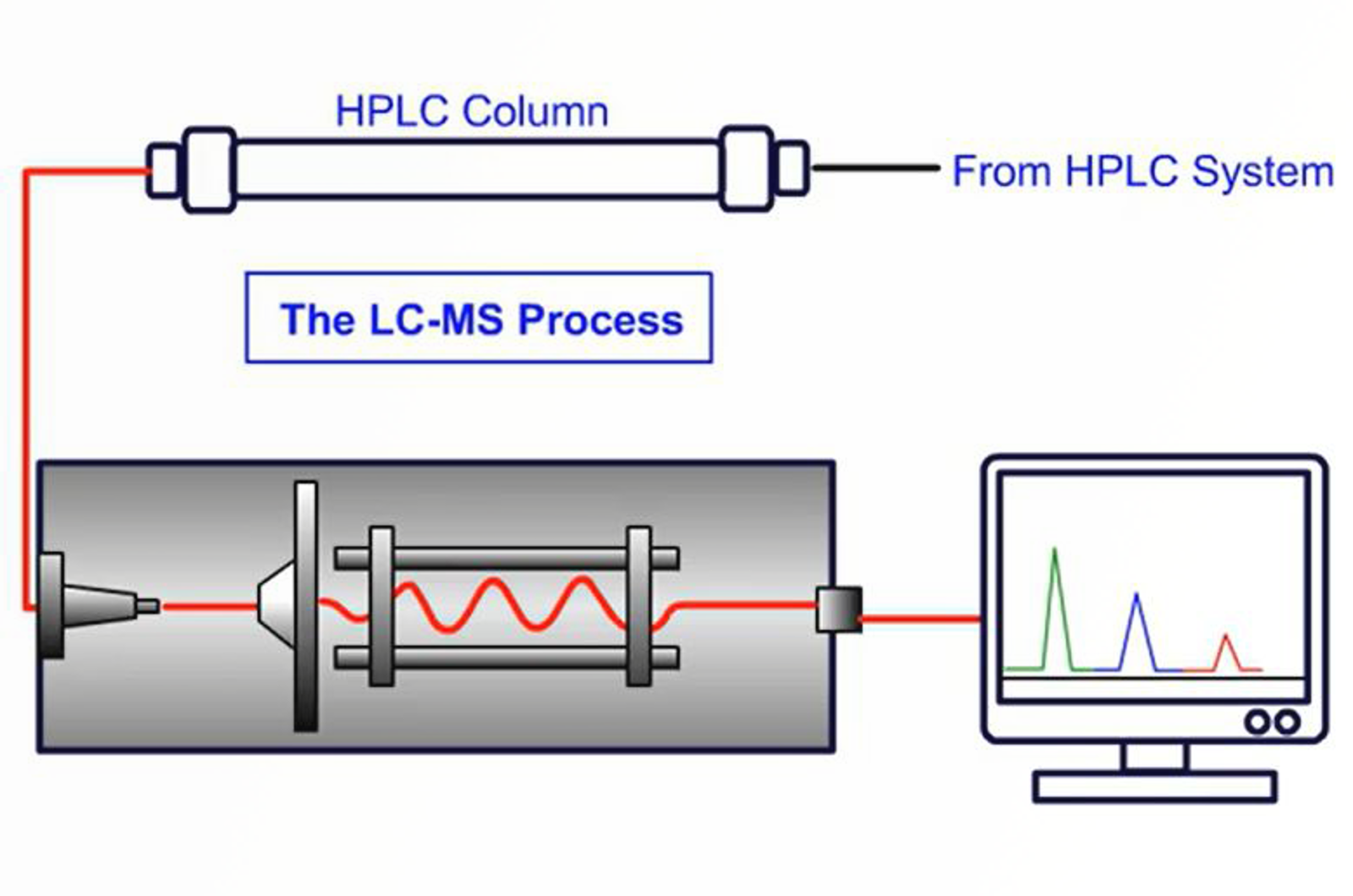
Introduction to Mass Analyzers
In its simplest form the process of mass analysis in GC-MS involves the separation or filtration of analyte ions or fragments of analyte ions created in the ion source. There are several very popular types of mass analyzer associated with routine GC-MS analysis; all of which differ in the fundamental way in which they separate species on a mass-to-charge basis. This module gives an overview of mass analyzers.
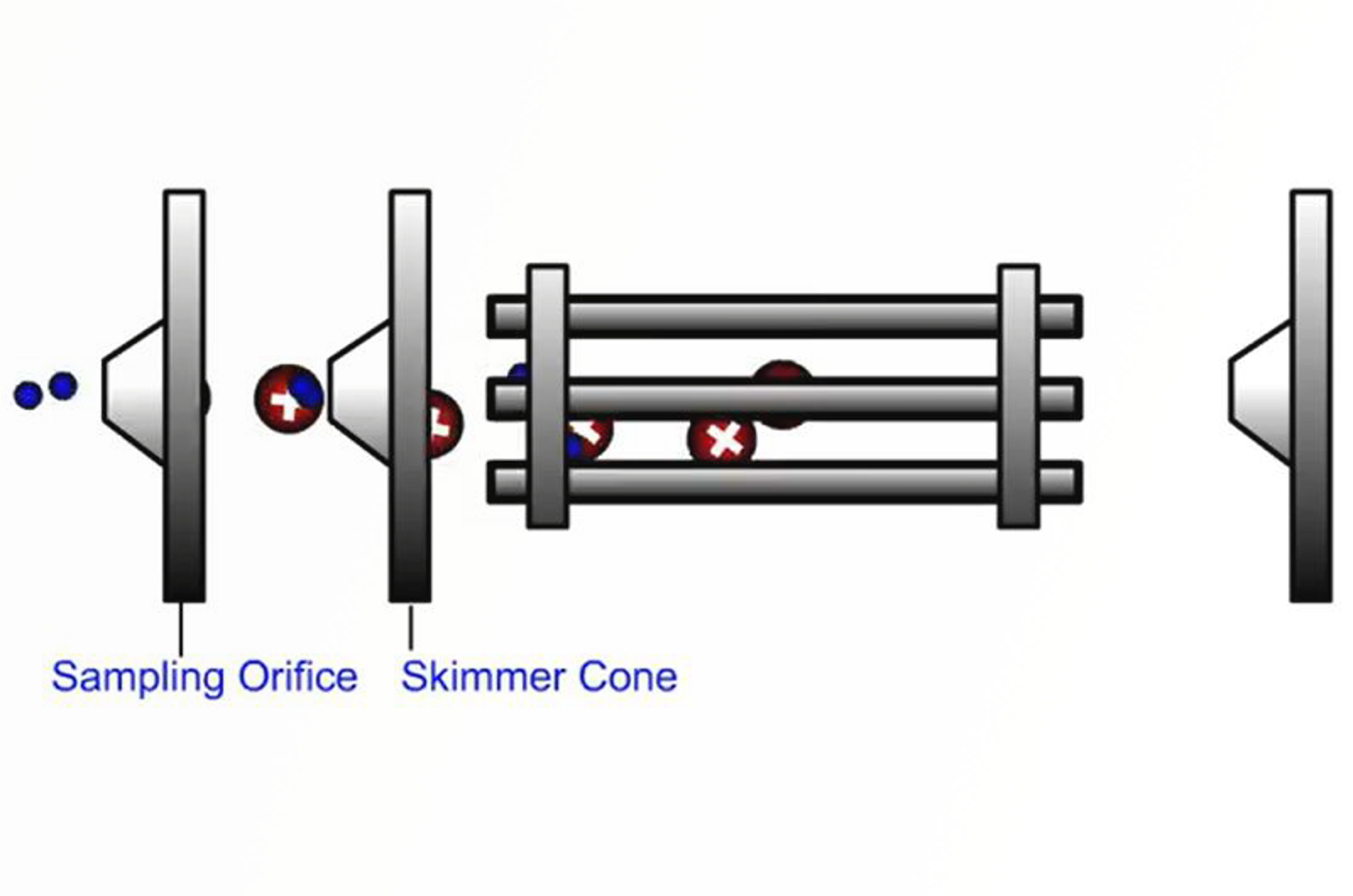
Quadrupole Mass Analyzers
In quadrupole mass analyzing devices, electric fields are used to separate ions according to their mass-to-charge ratio (m/z) as they pass along the central axis of four parallel equidistant rods (or poles) that have fixed (DC) and alternating (RF) voltages applied to them.
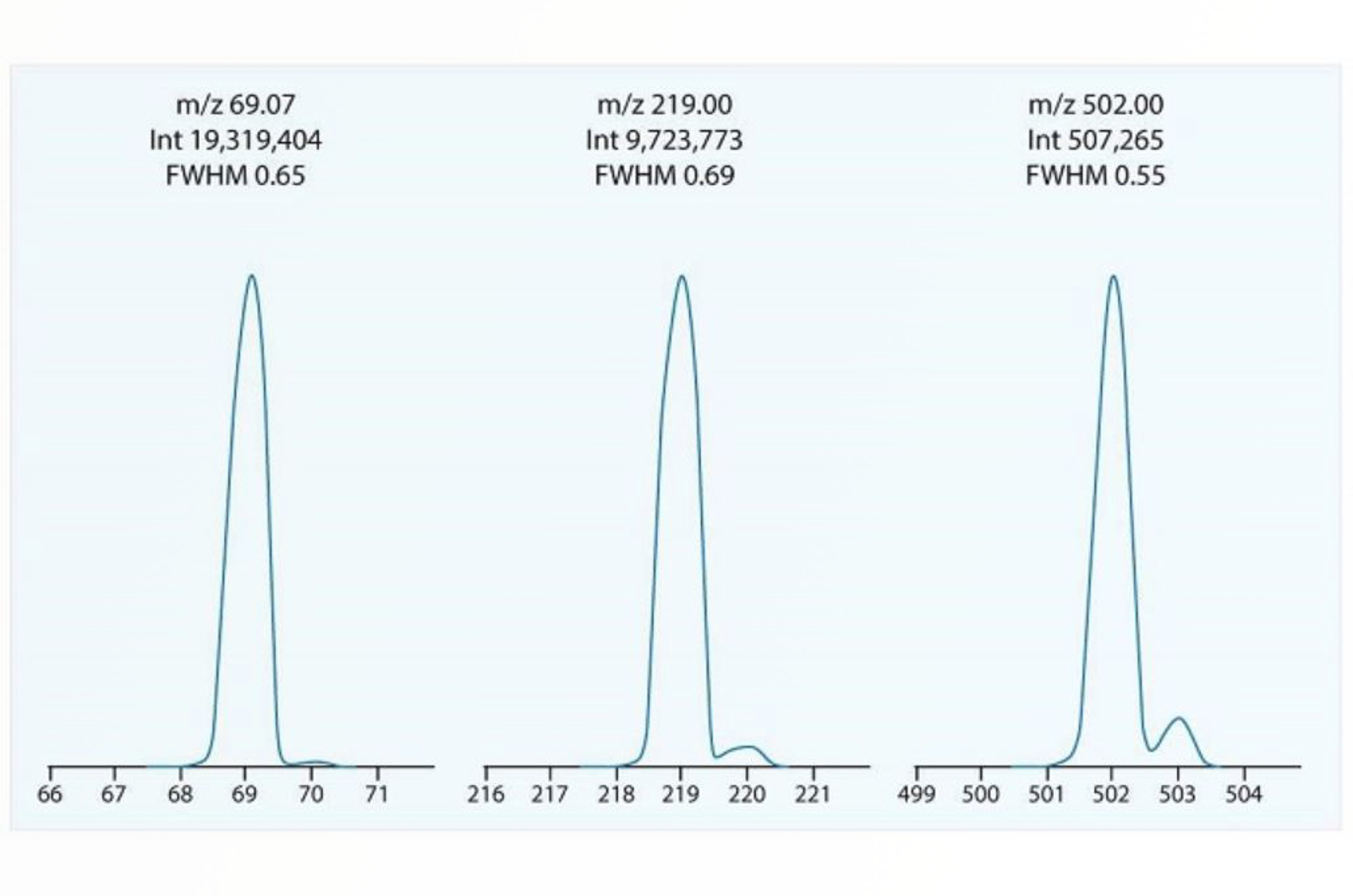
What Can a GC-MS Tune Report Tell You?
A GC-MS tune report is invaluable as it provides information on how well the instrument is working, indicates if cleaning or maintenance is required, serves as a chronicle of how the instrument has performed in the past, and can be used to diagnose problems when troubleshooting.
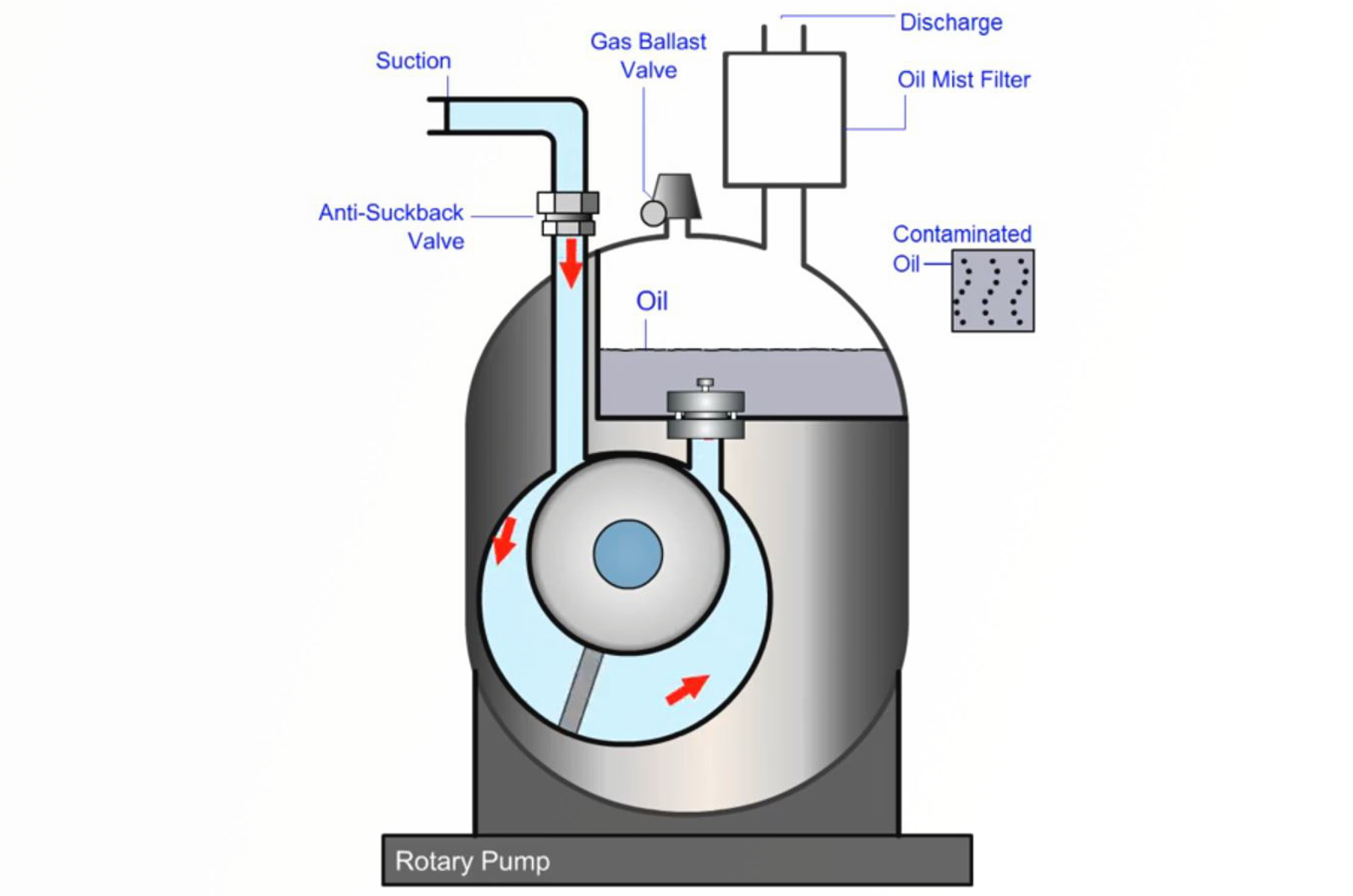
GC-MS Contamination
Contamination is usually identified by excessive background ions in the mass spectrum. Contamination can originate from GC or MS components in the system. The source of the contamination can sometimes be determined by identifying the contaminant. Some contaminants are much more likely to originate in the GC, some others in the MS.
